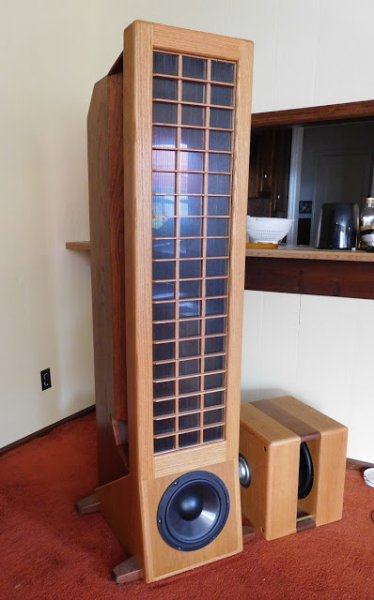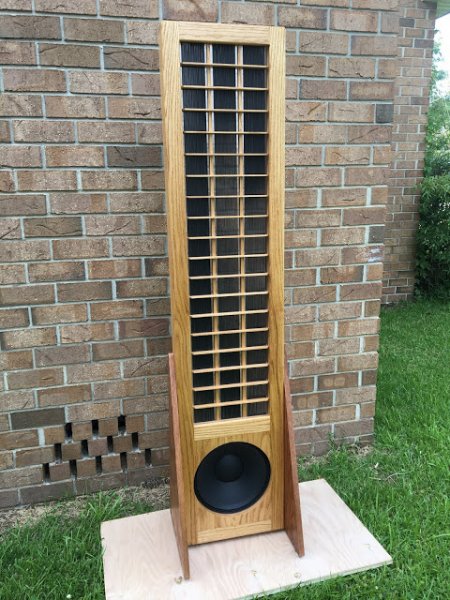Oh freaking WOW! I just read your blog on these speakers. Goodness, I have to listen to these speakers one day. Of particular interest to me - a modder - was the following that you wrote:
It's interesting to me exactly because I have been playing with series resistance to my panels lately, in my custom crossover, and the results are fascinating. Indeed, too much damping rolls off the highs and affects speed as well. The right series resistance also improves timbre all around the panel, as the treble is adjusted. And at the same time, soundstage expands!
I have been reading for years that electrostatics sound so good partly because the crossover is simple or non-existence. Nonsense, my crossover is probably on the very complex side, and unlike yours, I had to employ a couple of capacitors and inductors.
Funny, I was experimenting with
1? until I settled for
1.8?
BINGO! I have not read such an incredible blog as yours! And Bob Carver visited? I don't think anyone here has read your blogs, and they are missing out. Also wow about
http://jazzman-esl-page.blogspot.com/2008/03/a-segmented-wire-stator-esl-with.html And you mean to say you built the stators like this
http://jazzman-esl-page.blogspot.com/2010/01/building-stat-panels.html ??? OMG, I need to spend more time on DIYaudio
Heartfelt congratulations!!! I would strongly encourage you to post all these pictures on this forum.






